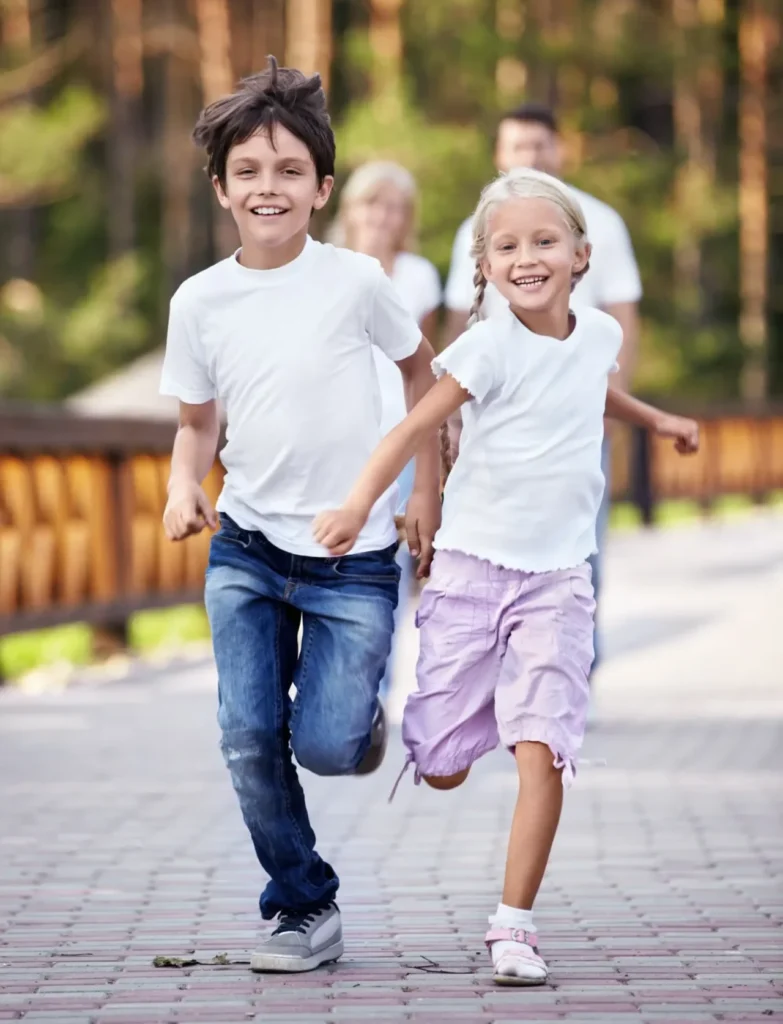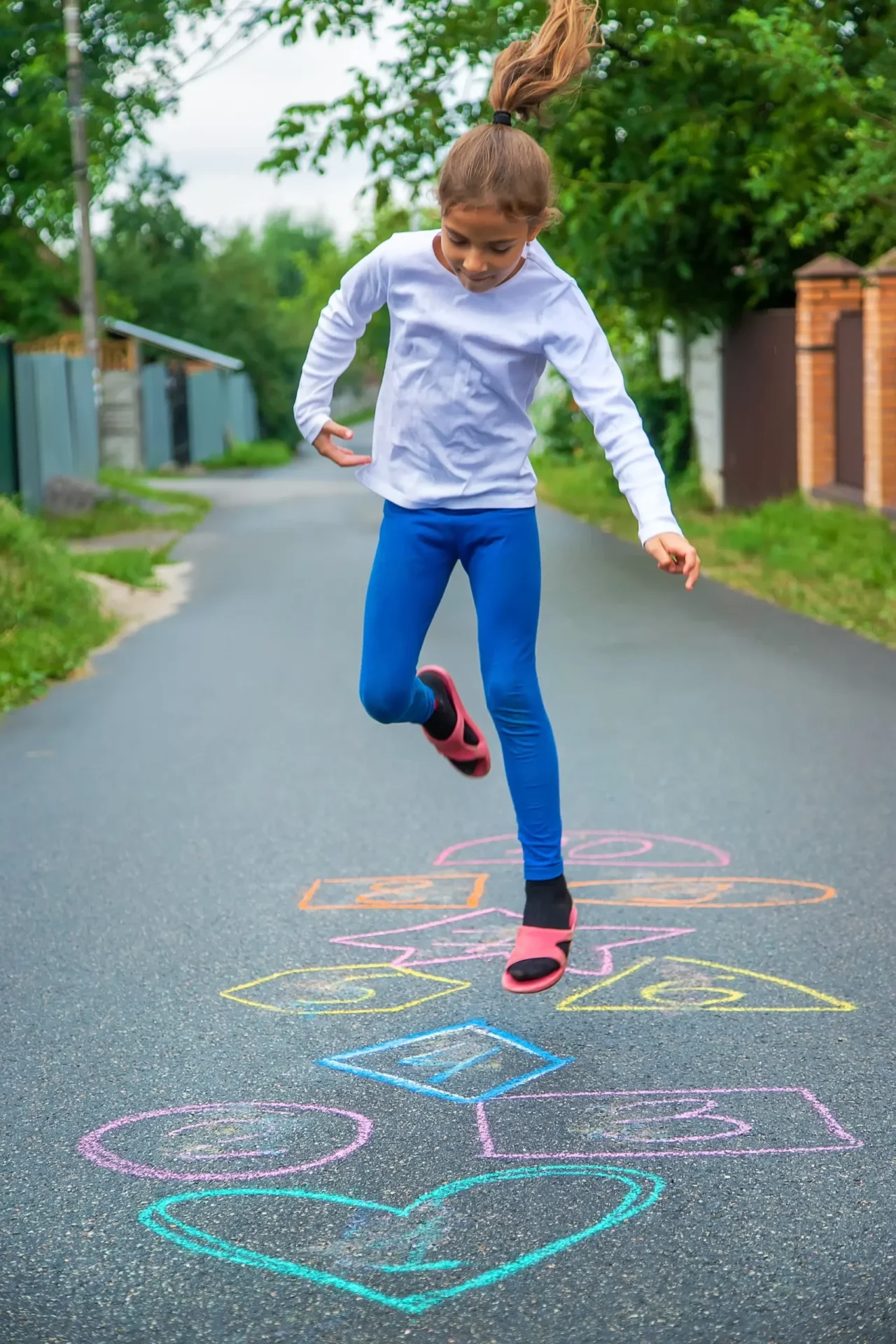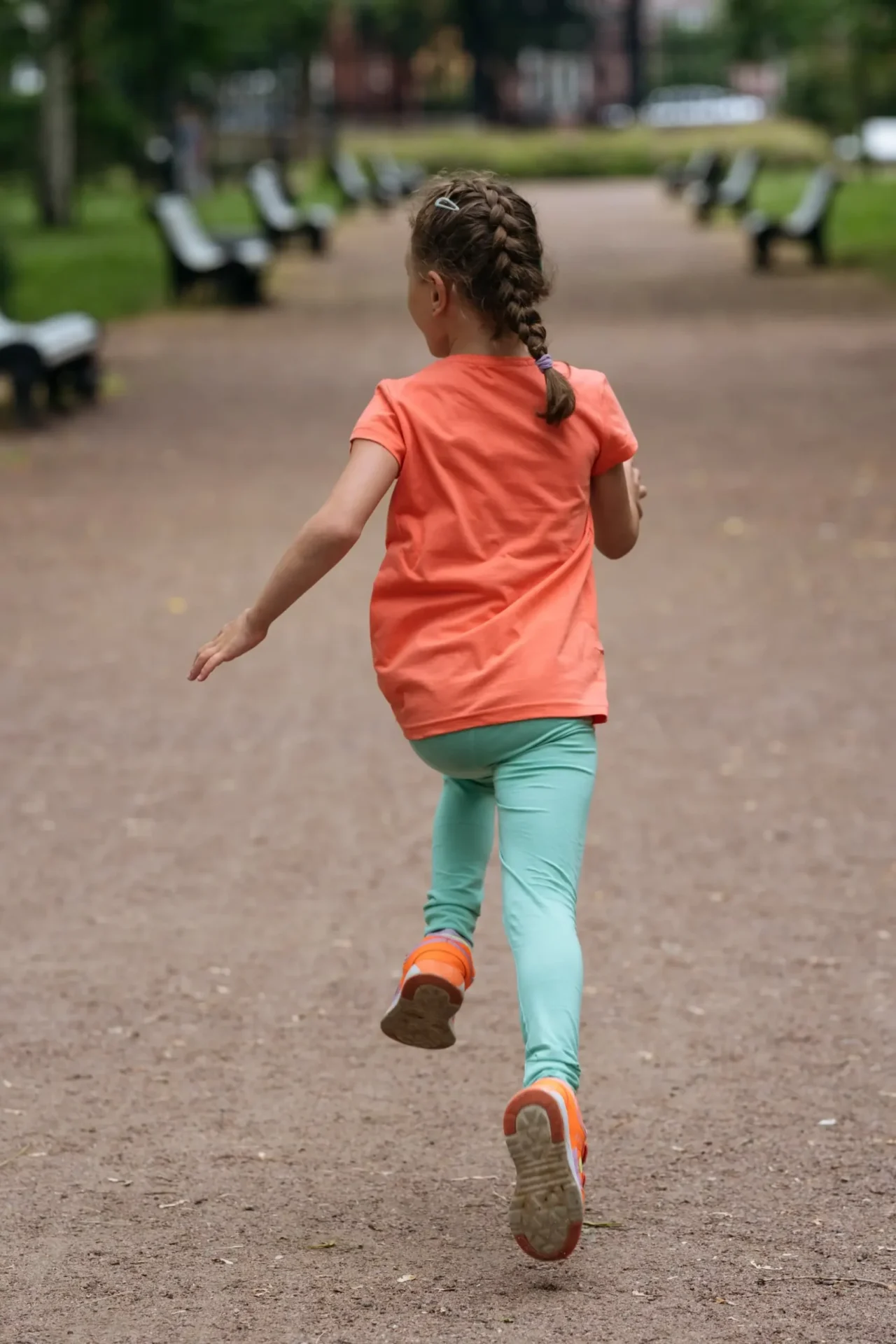
Service
My child walks, runs or moves in a different way to others
Children’s walking pattern is different to that of adults. Toddlers wobble, taking short steps to the side rather than forwards, and they hold their arms high for balance. As children grow their gait matures, until it closely resembles that of an adult around 7 years old.
Examples of different walking patterns include:
- Tiptoe walking
- Knock knees
- Intoeing
- Running
Service
Tiptoe Walking
Many toddlers walk on their toes, and this is usually something they grow out of by school age. They may need help if they have:
- Stiff ankles or feet
- Walk awkwardly
- Stumble or have a “waddling” gait
A physiotherapist will assess your child, determine the reason for the toe walking and may provide exercises to help your child’s muscle strength or joint mobility to help them walk with heel contact.


Service
Knock Knees
Children who stand with their knees touching, but their ankles apart are described as having knock-knees. This is a normal part of growth and development, but your child may require more support if:
- One leg is affected more than the other
- They complain of hip pain
- They are over 8 years old
Service
Intoeing (Pigeon Toes)
In-toeing is common, affecting 40% of children. It normally resolves without help, but your child may require more support if:
- The intoeing is causing them to stumble or trip
- One leg is affected significantly more than the other
- They are struggling to keep up with their peer group
Depending on the cause, Physiotherapy can help by providing exercises to strengthen the knee, hip & ankle, stretching tight muscles, walking games and activities as well as advise on footwear, where appropriate.


Service
Running Style / Form
Most children have developed a style of running by age 2. They will continue to develop a more mature running form by the age of 6.
Some awkward running styles may include:
- Excessive upper body twisting
- Arms swinging wide at the sides of their bodies in no particular pattern
- Legs crossing and, nearly, tripping themselves
- Feet kicking out to the side and knees coming together
- Landing heavily
- A combination of all the above (Phoebe from Friends comes to mind)
These running styles can be a result of:
- Pain
- Muscle imbalance
- Leg length discrepancies
- Joint stiffness
- Hypermobility or coordination issues
A physiotherapist can assess your child’s running style / form and rule out biomechanical issues that may be contributing to the awkward gait. Children may not be in pain for you to have concerns regarding their walking, running or general movement. Physiotherapists are trained to assess their movement, strength and flexibility, and advise on exercise and intervention that may be required to aid your child’s development.



